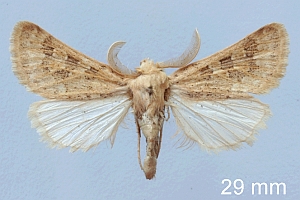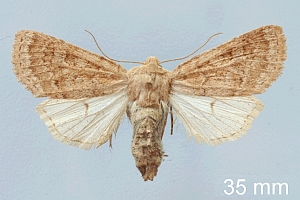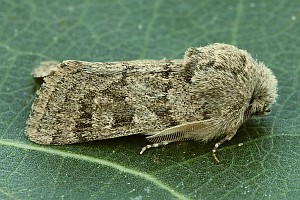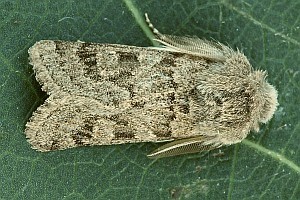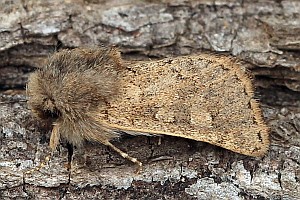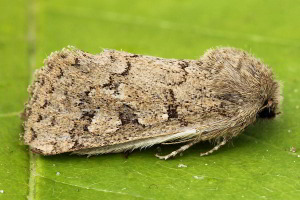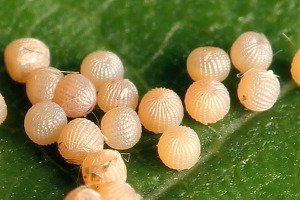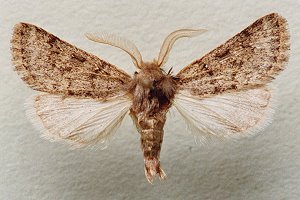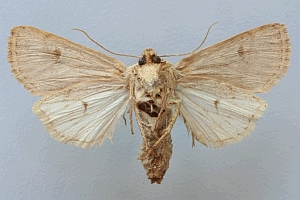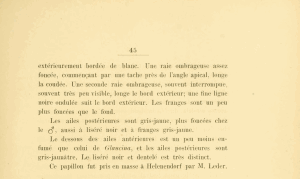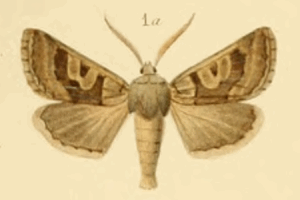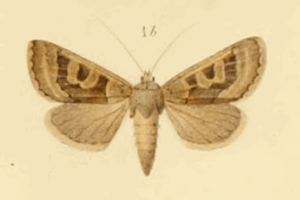Länder:

 +15Kontinente:EUAS
+15Kontinente:EUAS


 +15Kontinente:EUAS
+15Kontinente:EUASNeues Layout der Navigation (Beta Test)
LebendfotosDiagnoseWeitere InformationenEtymologie (Namenserklärung)SynonymeAutorschaft der ErstbeschreibungLiteratur
1. Lebendfotos
1.1. Falter
1: ♀, Russland, Oblast Astrachan, Bezirk Achtubinsk, Dorf Bolhuny (E 46° 17,796’ N 47°58,472’), 21. September 2013, am Licht (fot.: Andrey Ponomarev), det. Alexandr ZhakovForum
2-4: zwei ♂♂, Russland, Oblast Astrachan, Bezirk Achtubinsk, Dorf Bolhuny (E 46° 17,796’ N 47°58,472’), 19. und 20. September 2014, am Licht (det. & Fotos: Andrey Ponomarev)Forum
5: ♀, Russland, Gebiet Astrachan, Bezirk Akhtubinsky, Dorf Bolhuny (E 46°17,796’ N 47°58,472’), Weibchen am Licht, 9. September 2015 (leg., cult., det. & Foto: Andrey Ponomarev)Forum
1.2. Ei
1-2: Russland, Gebiet Astrachan, Bezirk Akhtubinsky, Dorf Bolhuny (E 46°17,796’ N 47°58,472’), Weibchen am Licht 9. September 2015, Eier am 21. September 2015 (leg., cult., det. & Foto: Andrey Ponomarev)Forum
2. Diagnose
2.1. Männchen
1-2: ♂, Türkei, Provinz Kahramanmaraş, Afşin, leg. Menrad, 20. September 1984 (Fotos: Michel Kettner), det. Michel Kettner
3: ♂, Türkei, Ankara, Tüz Gölu, 1000 m, 7. Oktober 1993 (coll. & fot.: Maurits De Vrieze), leg. & det. Fritz Schepler
2.2. Weibchen
1-2: ♀, Türkei, Provinz Kahramanmaraş, Afşin, leg. Menrad, 2. Oktober 1984 (Fotos: Michel Kettner), det. Michel Kettner
2.3. Erstbeschreibung
1-5: Christoph in Romanoff (1885: 44-45, pl. III figs. 1 a+b) [nach Copyright-freien Scans auf www.biodiversitylibrary.org]
3. Weitere Informationen
3.1. Etymologie (Namenserklärung)
(Leder).
sareptana: (die Sareptanerin)
3.2. Synonyme
- Episema sareptana Alpheraky, 1897
3.3. Autorschaft der Erstbeschreibung
Siehe bei Eupithecia fuscicostata.
3.4. Literatur
- Erstbeschreibung: Romanoff, N. M. (1885): Les lépidoptères de la Transcaucasie. Deuxième partie. — Mémoires sur les lépidoptères 2: 1-118, pl. I-V + XIV. St.-Pétersbourg (M. Stassuléwitch).

















